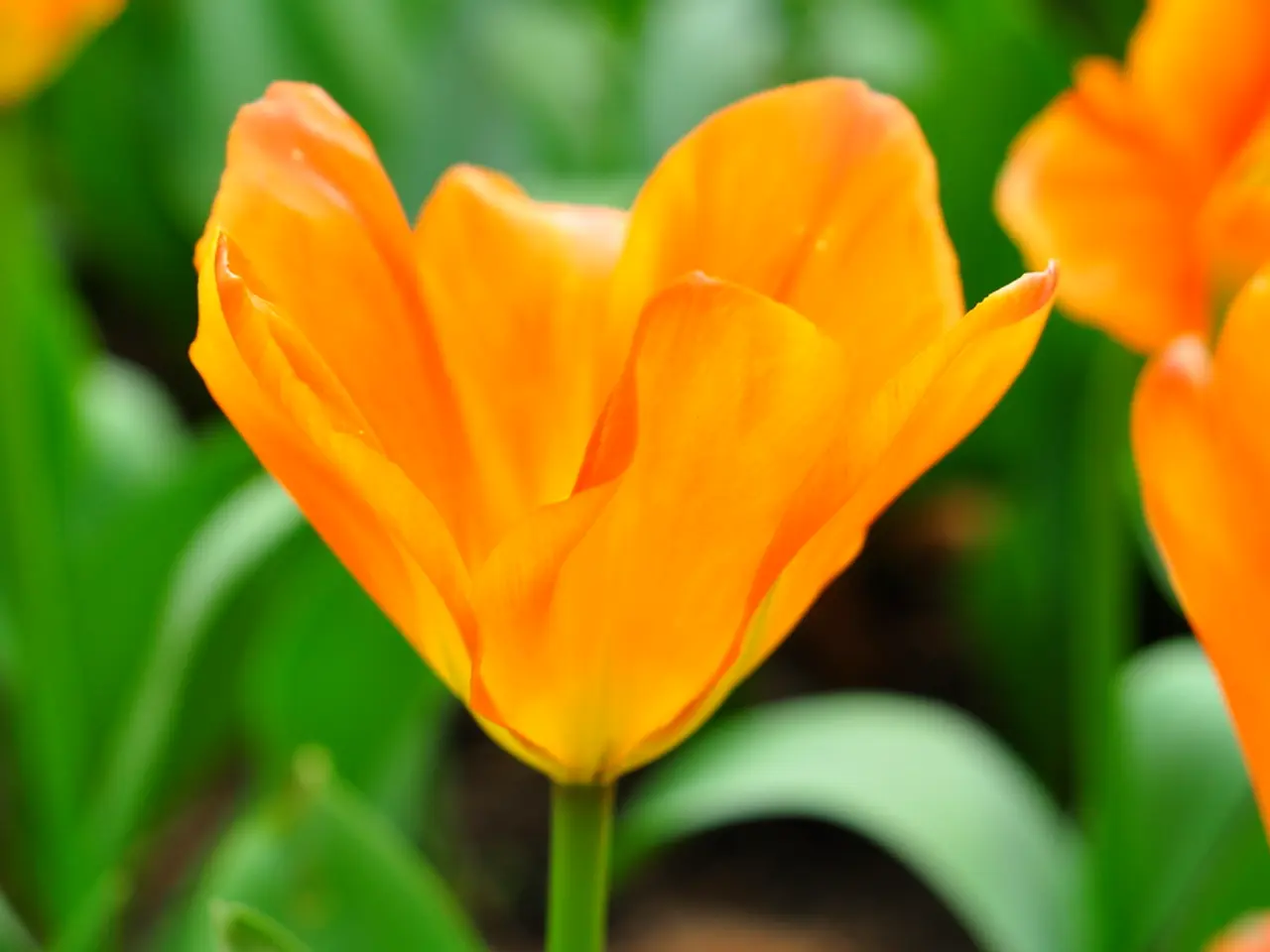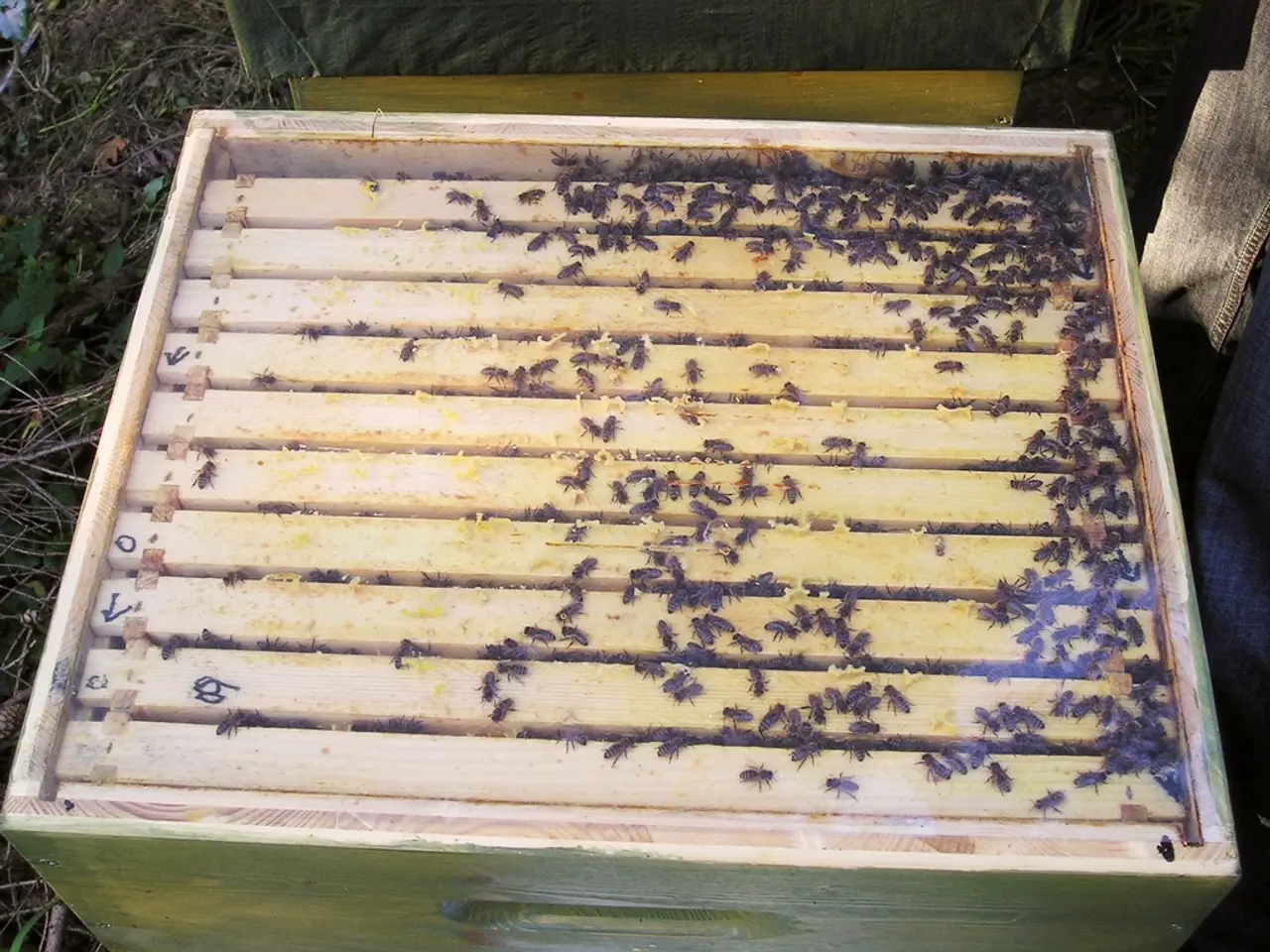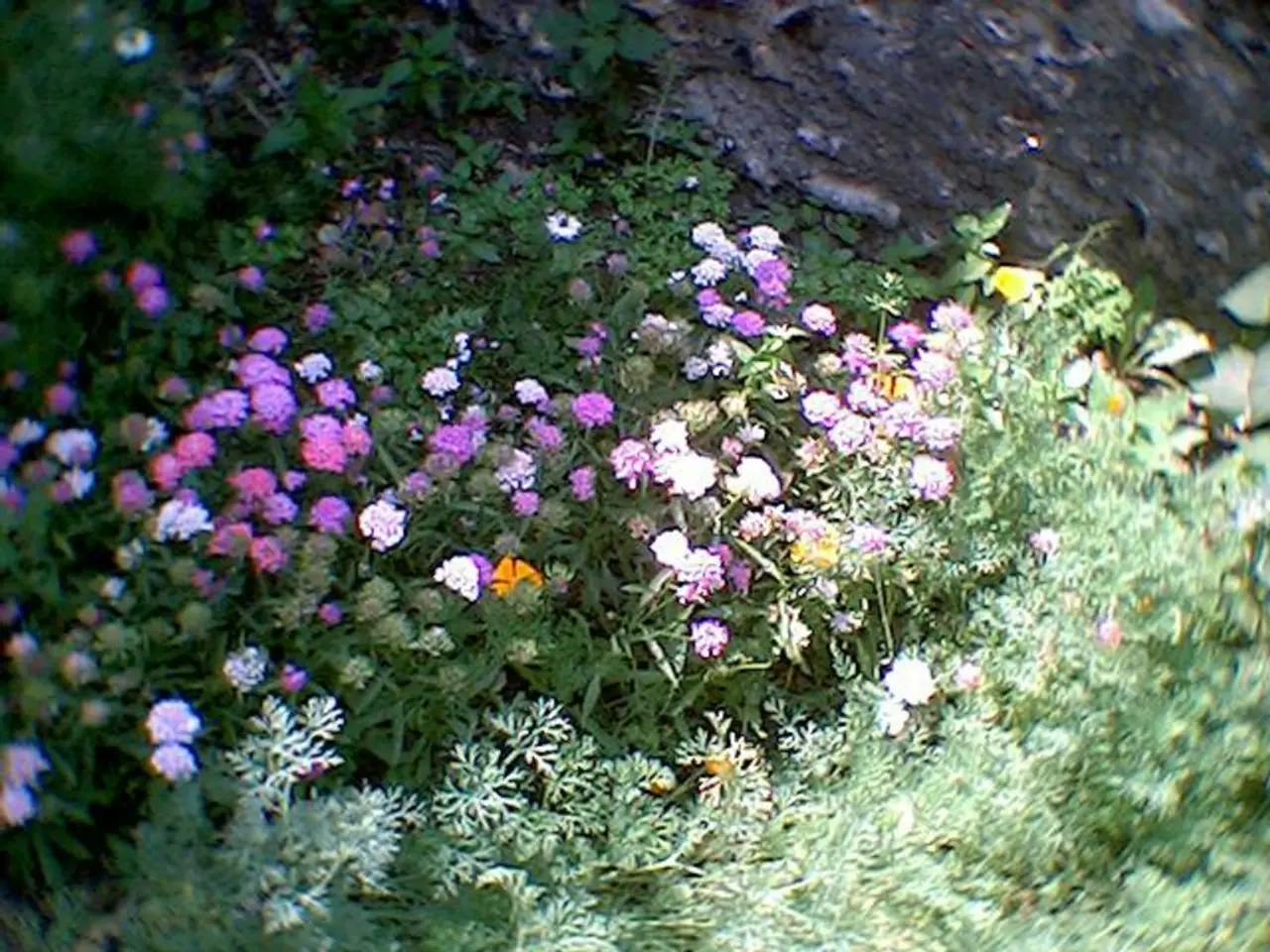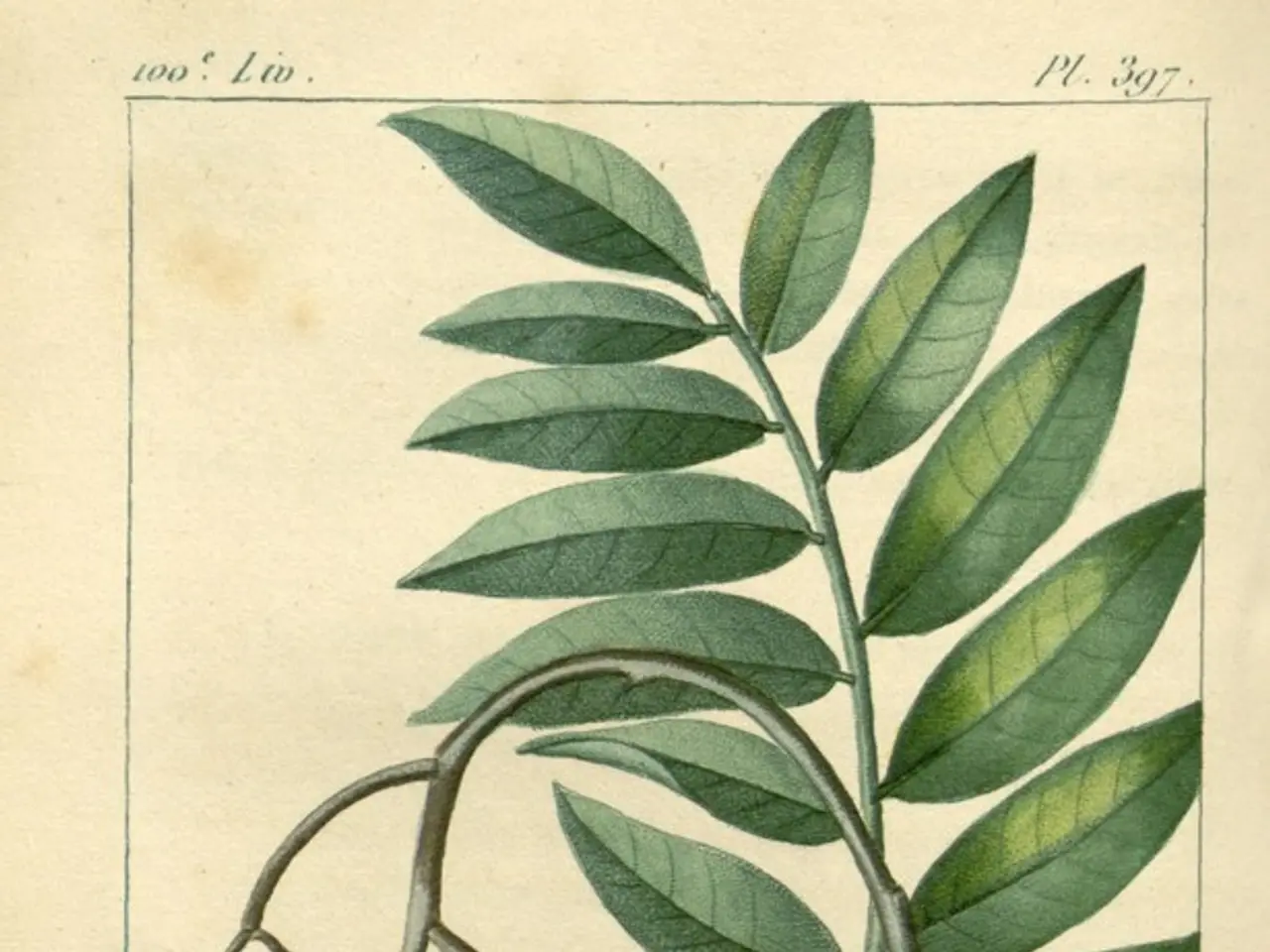Preparing Soil for Garlic Cultivation: A Comprehensive Guide
Growing Your Own Garlic: A Guide to a Huge Harvest
Got a passion for gardening and a love for garlic? Then let's dive in and learn how to get the most out of your garlic beds. With a few simple steps, you can ensure a bumper crop of garlic next summer!
Growing garlic is a breeze, and it's hands down one of the easiest crops to cultivate. Once you've got the basics down, garlic will become a regular in your fall garden plans.
I've been growing garlic for about seven years now, and my 2020 harvest was the best yet! I wish I could tell you I cracked the code for what made this season so successful, but gardening often comes down to a mix of luck, smart planning, and a bit of TLC.
Here's what I did differently this year that might just help you grow the best garlic of your life.
Planting at the Right Time
The secret to a successful garlic harvest all starts with timing.
I plant garlic around my first fall frost date. Normally, this is when I switch out frost-tender crops like peppers, zucchini, cucumbers, or tomatoes.
Some gardeners plant garlic before the first frost date, while others wait until after. The great news is that garlic is pretty forgiving when it comes to timing – as long as you get the cloves in the ground while the soil is still warm, your garlic's roots will have a chance to establish before the cold sets in.
Learn more about the best time to plant garlic.
Preparing the Soil
When it comes to planting garlic, the key considerations are soil structure and soil fertility. A well-draining, loose, and nutrient-rich soil is the foundation for a healthy garlic patch.
Here's how I prepared my soil to grow garlic:
Add Organic Matter
I added plenty of organic matter, such as compost and well-aged manure, to the soil weeks before planting. This boosts the soil's fertility, supports healthy bulb development, and enhances the garlic's flavor.
If you don't have access to compost or manure, consider using other organic amendments like fish meal or seaweed.
Maintain Proper Soil pH
Garlic thrives in a slightly acidic to neutral soil pH, between 6.0 and 7.0. To check your soil's pH, simply purchase a pH testing kit from your local nursery and follow the instructions. If your soil's pH is too high or low, consider adding soil amendments like sulfur (to lower pH) or lime (to raise pH).
Fertilize Sparingly
Garlic is a heavy feeder, especially when it comes to phosphorus and potassium. You can supplement your soil with a balanced organic fertilizer at the time of planting. A soil test will help you determine the right amount to apply.
If you want to get extra specific, you can also consider using nutrient-rich additions like rock phosphate or greensand, which will help meet garlic's nutrient requirements.
Spacing and Planting Cloves
When it's time to plant, dig a trench a few inches deep for each row, and plant garlic cloves 6-8 inches apart, pointy side up. Cover the cloves with a layer of soil, and your garlic bed is ready to go!
Soft neck or Hard neck Garlic?
If you've read up on garlic, you've likely come across the terms "soft neck" and "hard neck" garlic. Soft neck garlic is generally more commonly grown in warm climates, while hard neck garlic thrives in cooler regions.
If you live in a cool climate (like Zones 5 and below), you might want to consider growing hard neck garlic as it can handle colder temperatures better. In milder climates, soft neck garlic tends to do well, producing a larger number of smaller cloves.
This year, I grew both types of garlic and found that, though the soft neck garlic produced more bulbs overall, the hard neck garlic had stronger flavors and bigger cloves. With its stronger flavor and delicious garlic scapes, hard neck garlic might just become my new favorite!
Mulching Garlic
Mulching garlic depends on your climate. If you live in a colder region, you'll want to mulch your garlic beds to protect them from the cold. A few inches of straw or leaves should do the trick.
In warmer climates, like mine (Zone 7b), I don't mulch my garlic beds in the fall. Instead, I wait until the spring to apply a light mulch to help suppress weeds and conserve moisture.
Gardening for a Bumper Crop
While I can't say for certain what made this year's garlic harvest so successful, I have to believe that my soil preparation played a big role. By incorporating organic matter, maintaining proper soil pH, and fertilizing sparingly, I created an environment where my garlic could flourish.
As with any gardening project, there's no guarantee your garlic will produce a bumper crop. On the other hand, by following these simple steps to prepare your soil, you're giving your garlic the best possible start.
Happy gardening!
- To enhance the soil health for a successful garlic harvest, consider adding compost, well-aged manure, or other organic amendments to the soil before planting.
- Apart from planting at the correct time, maintaining proper soil pH and ensuring a well-draining, loose, and nutrient-rich soil is crucial for a healthy garlic patch.
- If you're deciding between soft neck and hard neck garlic, choose hard neck garlic if you live in cooler climates like Zones 5 and below, as it can handle colder temperatures better.
- For gardening lifestyle enthusiasts, home-and-garden resources such as garden printables, tips, and guides can be valuable tools for optimizing the health of their soil and maximizing their garlic harvest.







